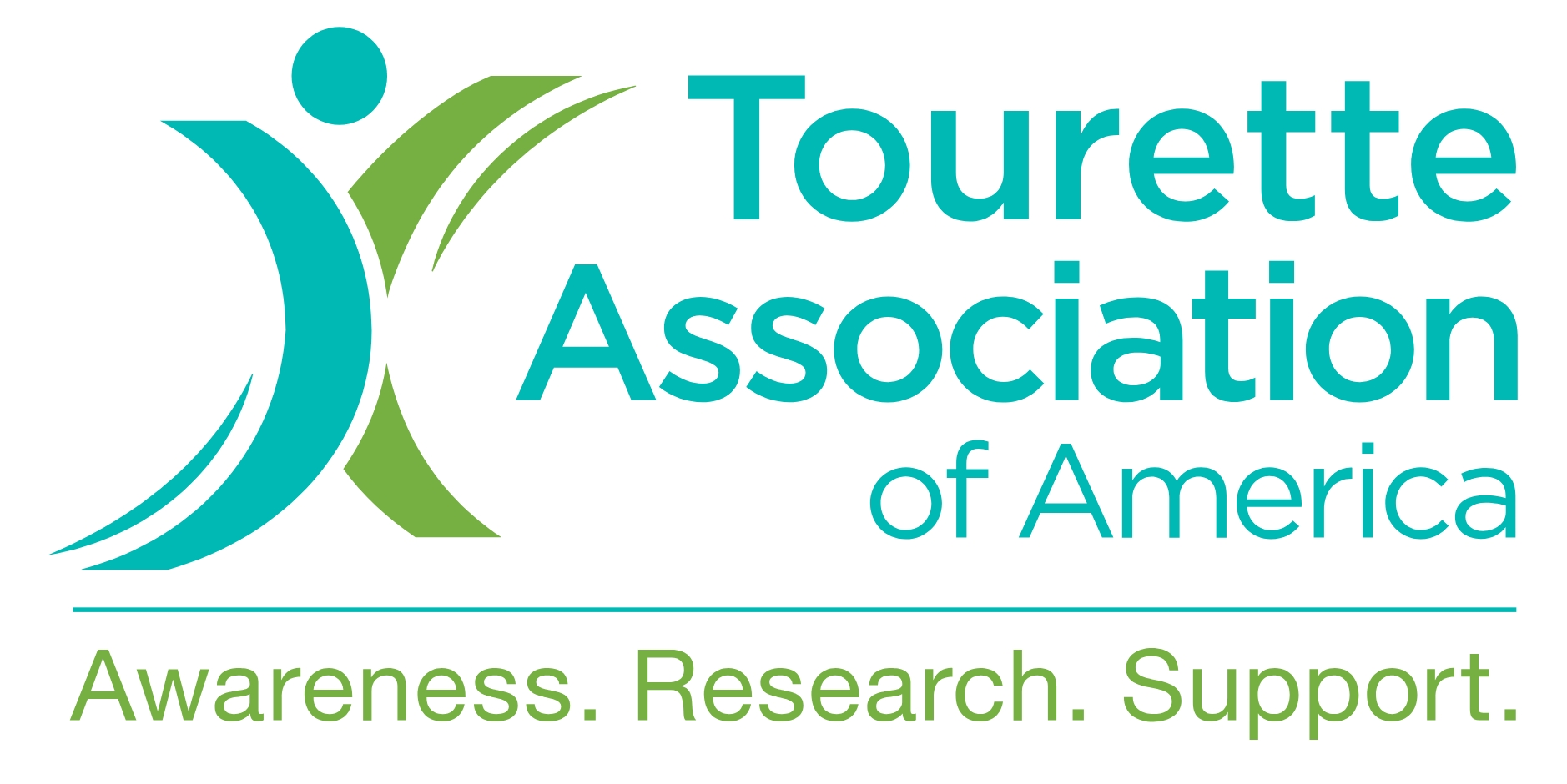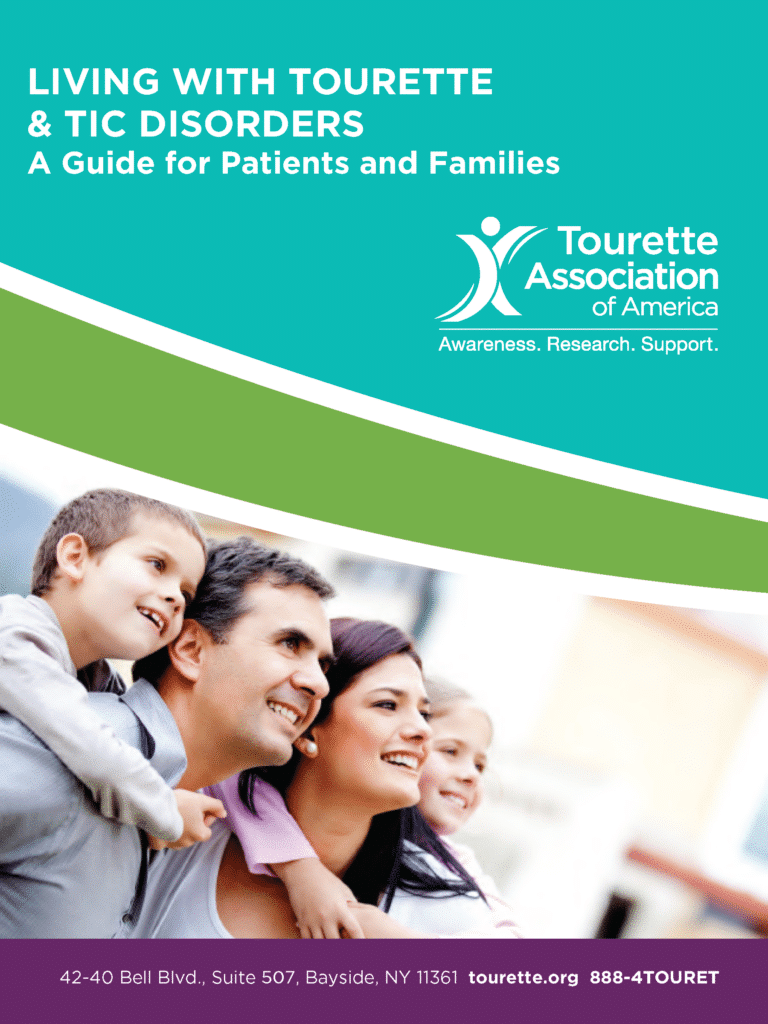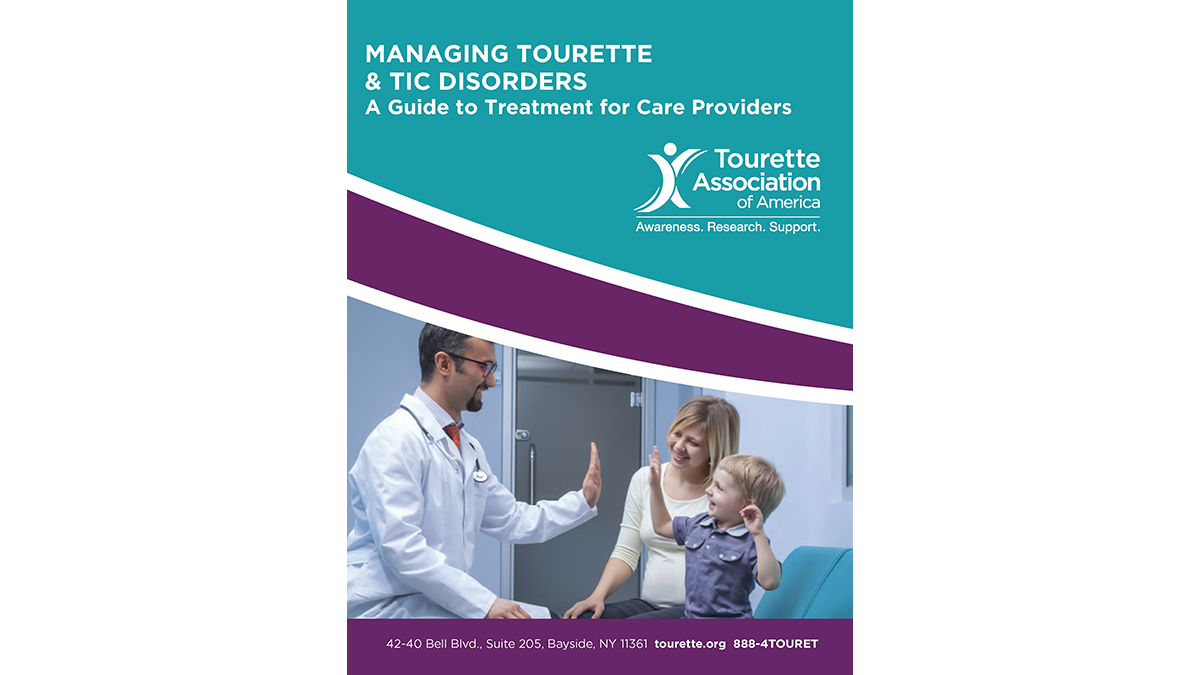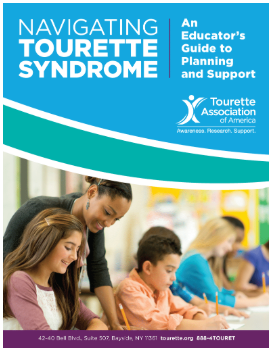Key points
- Tourette syndrome (TS) is a condition of the nervous system that causes people to make sudden and repeated twitches, movements, or sounds, called "tics".
- Health professionals look at the person's symptoms to diagnosis TS and other tic disorders.
- Although there is no cure for TS, treatment can help manage the tics.

What it is
Tourette syndrome (TS) is a condition of the nervous system. TS causes people to have "tics".
Tics are sudden twitches, movements, or sounds that people do repeatedly. People who have tics cannot stop their body from doing these things. For example, a person might keep blinking over and over. Or a person might make a grunting sound unwillingly.
Having tics is a little bit like having hiccups. Even though you might not want to hiccup, your body does it anyway. Sometimes people can stop themselves from doing a certain tic for a while, but it's hard. Eventually the person has to do the tic.
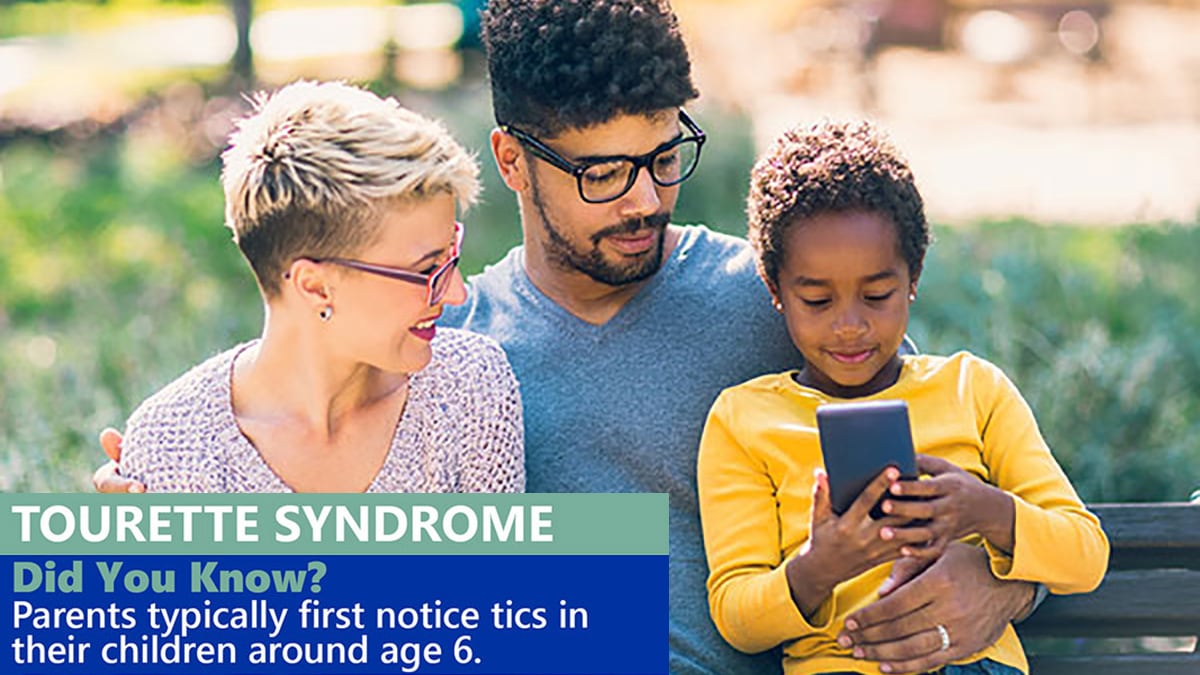
Types
There are two types of tics—motor and vocal.
Motor tics are movements of the body. Examples of motor tics include blinking, shrugging the shoulders, or jerking an arm.
Vocal tics are sounds that a person makes with his or her voice. Examples of vocal tics include humming, clearing the throat, or yelling out a word or phrase.
Tics can be either simple or complex.
Simple tics involve just a few parts of the body. Examples of simple tics include squinting the eyes or sniffing.
Complex tics usually involve several different parts of the body and can have a pattern. An example of a complex tic is bobbing the head while jerking an arm and then jumping up.
Symptoms
The main symptoms of TS are tics. A person can have tics ranging from simple, temporary tics lasting a few weeks or months, to having many complex tics that are long-lasting. Symptoms of TS usually begin when a child is 5 to 10 years of age. The first symptoms often are motor tics that occur in the head and neck area.
The types of tics and how often a person has tics changes a lot over time. Even though the symptoms might appear, disappear, and reappear, these conditions are considered chronic.
In most cases, tics decrease during adolescence and early adulthood and sometimes disappear entirely. However, many people with TS experience tics into adulthood and, in some cases, tics can become worse during adulthood.1
Although the media often portray people with TS as involuntarily shouting out swear words (called coprolalia) or constantly repeating the words of other people (called echolalia), these symptoms are rare, and are not required for a diagnosis of TS.
Risk factors
Scientists do not know the exact cause of TS. Research suggests that it is an inherited genetic condition.23 That means it is passed on from parent to child through genes.

Scientists are studying other possible causes and environmental risk factors that might contribute to TS. Some studies have shown that the following factors might be associated with TS, but additional research is needed to better understand these associations:456
- Smoking during pregnancy
- Pregnancy complications
- Low birthweight
- Infection
Diagnosis
There is no single test, like a blood test, to diagnose TS. Health professionals look at the person's symptoms to diagnose TS and other tic disorders. The tic disorders differ from each other in terms of the type of tic present (motor or vocal, or combination of the both), and how long the symptoms have lasted. TS can be diagnosed if a person has both motor and vocal tics, and has had tic symptoms for at least a year.
Did you know?
Other concerns and conditions
TS often occurs with other conditions. Most children diagnosed with TS also have been diagnosed with at least one additional mental, behavioral, or developmental disorder such as attention-deficit/hyperactivity disorder (ADHD), anxiety, or obsessive-compulsive disorder (OCD). It is important to find out if a person with TS has any other conditions and treat those conditions properly.
Treatment and recovery

Many people with TS have tics that do not get in the way of their daily life and, therefore, do not need any treatment. However, medication and behavioral treatments are available if tics cause pain or injury; interfere with school, work, or social life; or cause stress.
What CDC is doing
CDC works with partners to better understand TS, including the prevalence of TS, the quality of life among people affected by TS, and the impact of TS on parenting, relationships, and education.
Funded partners are helping CDC to track persistent tic disorders (PTD) including TS among children, adolescents, and young adults. This will allow us to better understand the public health impact of these disorders (such as healthcare costs and physical health outcomes) and provide data that can be used to inform education and outreach activities to improve the health and well-being of individuals with tic disorders and their families.
CDC is also conducting studies of screening and diagnostic tools to improve identification of children with tics. Results from this research are used to better inform public health efforts to improve the lives and health outcomes of people affected by TS, to implement education programs to help improve the quality of life of those with TS and their families, and to inform future research.
- American Psychiatric Association. Diagnostic and statistical manual of mental disorders, fifth edition, text revision. Washington, DC: American Psychiatric Association, 2022.
- Johnson KA, Worbe Y, Foote KD, Butson CR, Gunduz A, Okun MS. Tourette syndrome: clinical features, pathophysiology, and treatment. Lancet Neurol. 2023;22(2):147-158.
- Fernandez TV. Genetics of Tourette Syndrome. Psychiatr Clin North Am. 2025;48(1):1-13.
- Girgis J, Pringsheim T. Prenatal Risk Factors for Tourette Syndrome: a Systematic Review Update. Curr Dev Disord Rep. 2020;7:258–269.
- Abdulkadir M, Tischfield JA, Heiman GA, Hoekstra PJ, Dietrich A. Polygenic and environmental determinants of tics in the Avon Longitudinal Study of Parents and Children. Am J Med Genet B Neuropsychiatr Genet. 2023;192(5-6):73-84.
- Wilbur C, Bitnun A, Kronenberg S, et al. PANDAS/PANS in childhood: Controversies and evidence. Paediatr Child Health. 2019;24(2):85-91.
- Eunice Kennedy Shriver National Institute of Child Health and Human Development | NIH. What does the nervous system do? Available at: https://www.nichd.nih.gov/health/topics/neuro/conditioninfo/functions. Accessed on March 28, 2025.
- National Institute of Neurological Disorders and Stroke | NIH. Tourette Syndrome. Available at: https://www.ninds.nih.gov/health-information/disorders/tourette-syndrome. Accessed on March 28, 2025.
- MedlinePlus | National Library of Medicine. What is a gene? Available at: https://medlineplus.gov/genetics/understanding/basics/gene/. Accessed on March 28, 2025.




